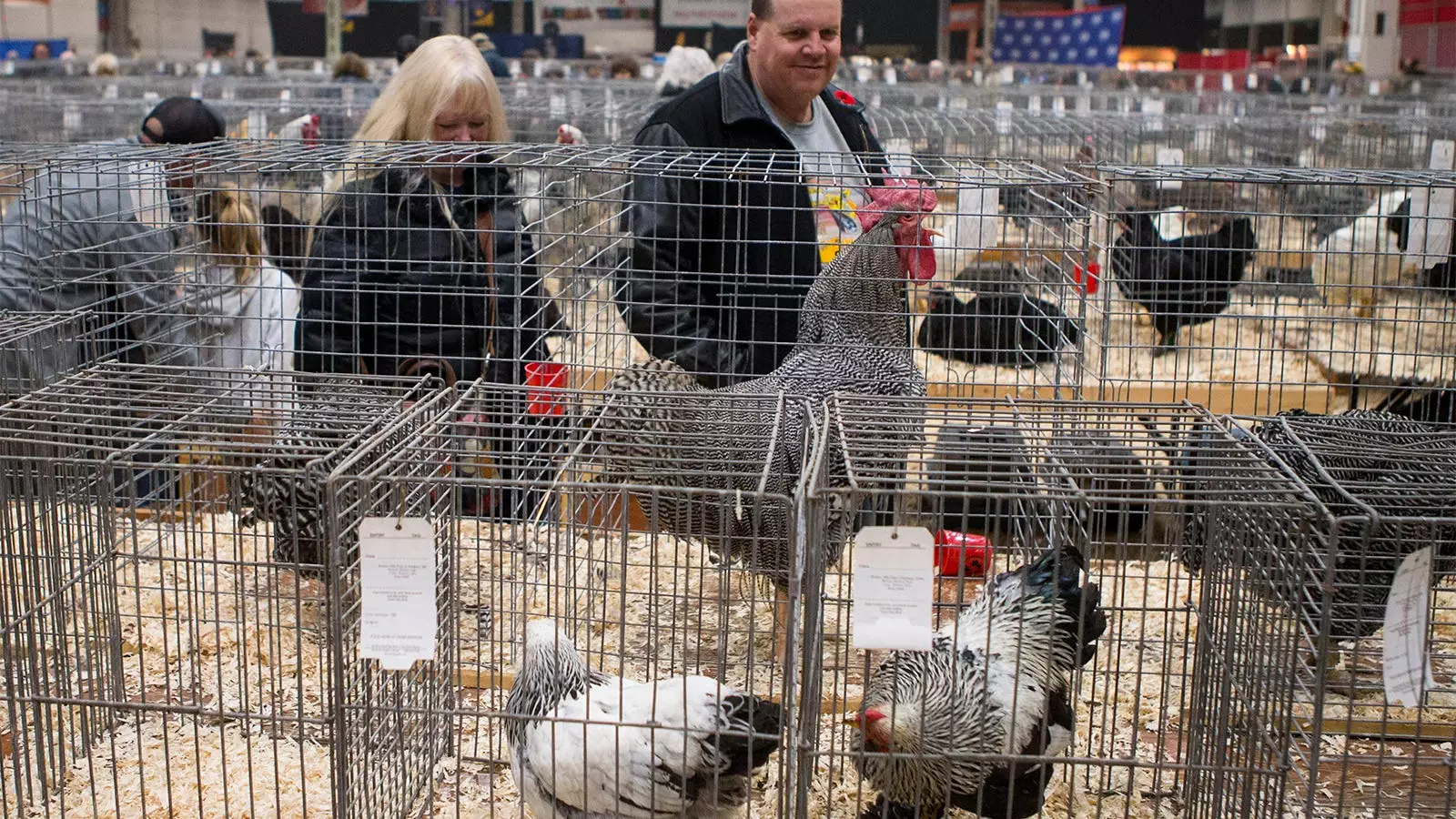When COVID-19 hit the U.S., my partner and I found ourselves attending a wedding in Kansas. At the time, the virus was just starting to make its presence felt, but the excitement of the occasion outweighed any concerns. Little did we know, this would be our last meal together for several months. As my partner departed the next day, worried about the impending strain on his hospital, our paths diverged. He ventured into the COVID ICU, while I embarked on a research project at Harvard, delving deep into the intricate connections of animal commerce and zoonotic disease risk.
As I delved into my research, it became clear that the scale and diversity of animal use in the U.S. make the country particularly vulnerable to zoonotic outbreaks. While many believe these issues are isolated to other parts of the world, the truth is that similar high-risk practices exist right here. The U.S. hosts its own version of “wet markets,” with 84 of them present in New York City alone. Additionally, the consumption of “bushmeat” or “game” amounts to an estimated 1 billion pounds annually. These practices, along with the processing of 10 billion livestock animals per year and the importation of hundreds of millions of wild animals without proper health checks, contribute to the country’s susceptibility to zoonotic spillover events.
Beyond the well-known industries, a myriad of smaller operations exist, each with their own inherent risks. These under-the-radar activities often go unnoticed or unrecognized by the public. From camel farms and captive hunting operations to bat guano harvesting and backyard bird production, a range of practices exist that have potentially far-reaching consequences. Swap meets, exotic animal auctions, livestock fairs, fur farms, petting zoos, coyote urine producers, and wholesale wildlife dealers all operate on varying scales, with minimal regulation and oversight. The sheer number and diversity of these industries further compound the risk of zoonotic outbreaks.
As our research progressed, it became evident that zoonotic outbreaks are not isolated historical events but rather ongoing, evolving threats. In recent years, instances such as mink on fur farms contracting COVID-19 and transmitting it back to humans, and the spread of mpox through the exotic pet trade, highlight the constant presence of these risks. The avian influenza outbreak is another striking example, resulting in the death of over 58 million birds on U.S. poultry farms and spreading to various mammals, including humans. The outbreak revealed the vulnerable underbelly of industries such as backyard chicken coops, zoos, petting zoos, live bird markets, commercial game farms, and hunting ranches. These poorly documented and loosely regulated industries are potential breeding grounds for pandemic strains of the virus.
Unveiling the Unknown
One of the biggest challenges lies in the lack of comprehensive documentation and regulation within these industries. The extent of animal populations, their locations, and the diseases they may carry remain largely unknown. This knowledge gap opens the door for new pandemics to emerge, with potentially devastating consequences. It begs us to question whether the risks we take are worth the potential outcomes. As I eagerly awaited my partner’s return from exhausting shifts in the COVID ICU, I pondered this quandary.
Healthcare professionals, being intimately acquainted with the loss and devastation caused by the COVID-19 pandemic, have a unique perspective and responsibility. They possess both the expertise and the experience to advocate for prevention and safeguarding against future pandemic threats. Each of us, regardless of our field, has a role to play in ensuring collective safety.
Conclusion: Building a Safer Future
The COVID-19 pandemic has exposed the interconnectedness between human and animal health. It has highlighted the unseen risks and vulnerabilities present within the U.S. due to widespread animal use. Acknowledging these factors and addressing the gaps in regulation and oversight are vital steps towards preventing future zoonotic outbreaks. By shining a light on the hidden industries and working collectively to implement safeguards, we can forge a safer future for all.


Leave a Reply